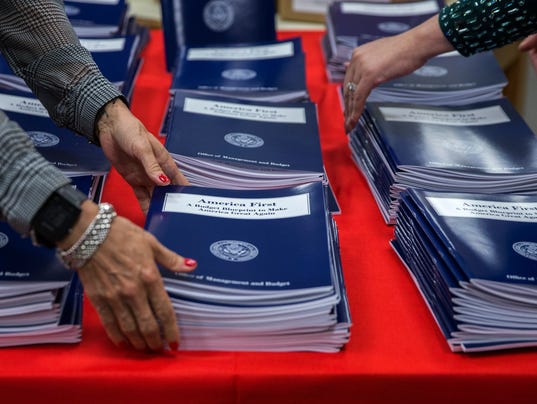President Donald Trump released his budget plan for fiscal year 2018 yesterday morning, presenting Congress with a blueprint for how he believes they should fund the federal government. Unfortunately the President’s proposed budget will weaken the nation’s health care system and jeopardize the scientific research that’s necessary to keep Americans healthy. The ANA opposes the President’s budget, and urges Congress to reject it in favor of a plan that doesn’t compromise health care in favor of political and partisan posturing.

The President’s budget, which represents his priorities but does not carry the power of the appropriations process controlled by Congress, makes a number of ill-considered cuts when it comes to the American health care system, including:
- A $403 million reduction in funding for health professions and nursing workforce programs;
- A $5.8 billion cut from the National Institutes of Health (NIH) budget, constituting a 22% reduction in funding for scientific research to find medical cures, and;
- A decision to fold the Agency for Healthcare Research and Quality (ARHQ) into the NIH. Currently, AHRQ is the only federal agency mandated to conduct health services research.
“As the demand for high-quality health care intensifies, Congress must firmly invest in the nation’s largest health-care workforce, registered nurses. Decreasing funding by $403 million will significantly cripple efforts to effectively recruit, train and educate nurses for practice in rural and medically underserved communities,” said ANA President Pamela F. Cipriano, PhD, RN, NEA-BC, FAAN.
The ANA is instead urging Congress to provide $244 million to fund nursing workforce development programs, $160 million for the National Institute of Nursing Research, $380 million for the National Health Service Corps, and to restore AHRQ’s funding to at least $364 million in FY 2018.
Despite the organization’s concerns over these misguided cuts, the ANA does support the President’s call for a $500 million increase to expand opioid misuse prevention and treatment efforts.
